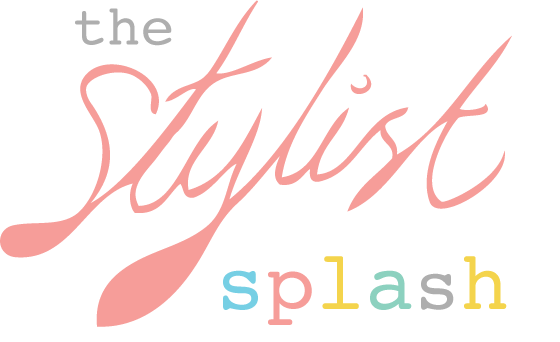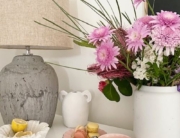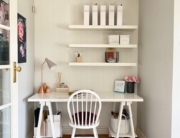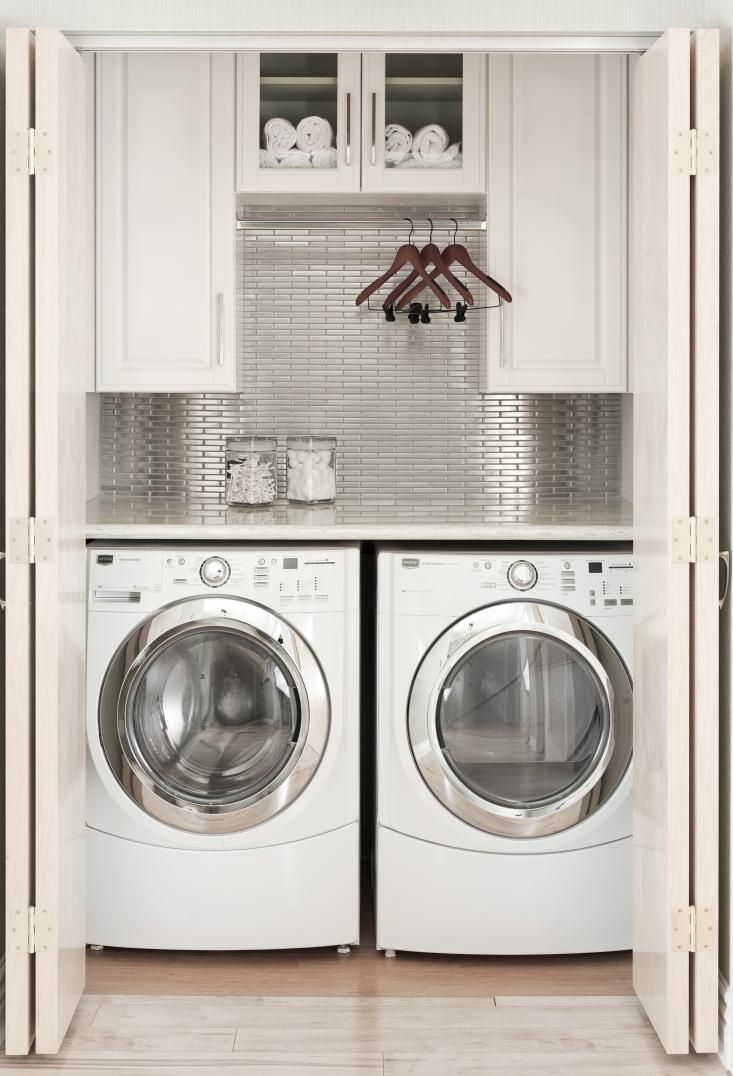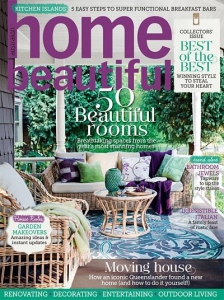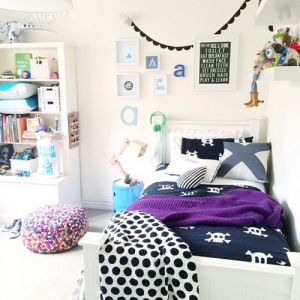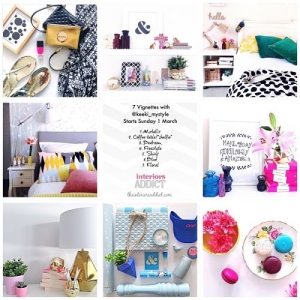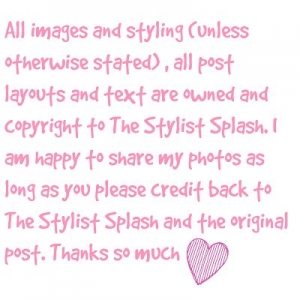Embracing new packaging trends can be an effective way to make your product more attractive. From choosing new sustainable materials to experimenting with innovative manufacturing technologies, there are many different pioneering packaging ideas to try out. Here are 7 inspiring solutions.
Seaweed packaging
Seaweed packaging has been making waves recently as a sustainable alternative to plastic. Introduced by companies like Notpla, this material is made from seaweed farmed in the ocean. It’s a biodegradable, highly abundant and naturally waterproof material. Advertising the fact that your product uses seaweed packaging is also certain to turn heads and get consumers interested in your product. Just be prepared to splash out a little extra, as this material is still relatively new and therefore costs slightly more to produce than plastic or card.
Mushroom packaging
It’s also now possible to make packaging out of mycelium (mushroom fibres). Just like seaweed packaging, mushroom packaging is an excellent, eco-friendly option to plastic due to its biodegradability. It also requires 12% of the energy of plastic to produce. Companies like Ikea and Lush have already started to adopt mushroom packaging for certain products. However, it’s still a fairly new material, and most companies aren’t aware of it. Could this be the perfect attention-grabbing packaging solution for your product?
Bioplastic packaging
Research is currently being made into bioplastics – materials that have the same properties as petroleum-based plastic, but which are made from biodegradable organic materials instead. PLA (polylactic acid) is an example of one bioplastic already in use. This material is made from cornstarch and sugar cane. PHA is another bioplastic that is made from agricultural waste, synthesized with bacteria. Both of these materials have started to be used to manufacture bags and food containers. They are not as cheap as traditional plastic to produce, but the price is likely to come down over time. We could also start to see even more robust bioplastics produced in the future for more heavy-duty packaging uses.
Dissolvable packaging
A lot of plastic gets dumped in rivers and oceans, and is a threat to wildlife. Certain plastic products also get flushed down the toilet and can clog up plumbing. Dissolvable packaging is designed to combat this by degrading in water. Such materials have been used for products like washing machine pods for a couple of decades. However, new innovative materials, as produced by companies like SmartSolve are making even more robust packaging that is completely soluble. Such a packaging material may not be suitable for all applications (you certainly don’t want to make a water bottle out of dissolvable packaging), but could be an excellent choice for certain products.
Fresh food sealed packaging
Fresh foods are typically served in basic packaging that does not fully seal the product. However, companies like iPak have provided a new groundbreaking option for cafes and restaurants: compact canning machines for instantly sealing products like freshly-made drinks on-site. This can give customers the option of being able to purchase milkshakes and smoothies in larger quantities that can be preserved and drunk at a later date. For companies, being able to sell in larger quantities means more profit.
3D printed packaging
3D printers are capable of producing products in all kinds of complex shapes that other manufacturing methods aren’t easily capable of. Some companies have already started using this technology to create truly innovative packaging. This includes intricately designed perfume bottle designs as sold by L’Oreal and elaborate drink bottles for new sports drinks. There are 3D printing companies you can outsource to create this packaging or you can invest in your own 3D printer. It’s worth noting that 3D printing is not as speedy as other production methods and is often best suited to luxury or novelty products due to this.
Thermochromic packaging
Thermochromic ink has existed for a while – this ink changes color in response to changes in temperature. However, only recently have companies started to realise its application within packaging. A fun and practical use of this technology is the use of thermochromic ink on craft beer cans, which changes color when chilled to the perfect drinking temperature. Similarly, some medical products have started using thermochromic ink on packaging to warn customers when a product has been exposed to unsafe temperatures and is no longer suitable for consumption.
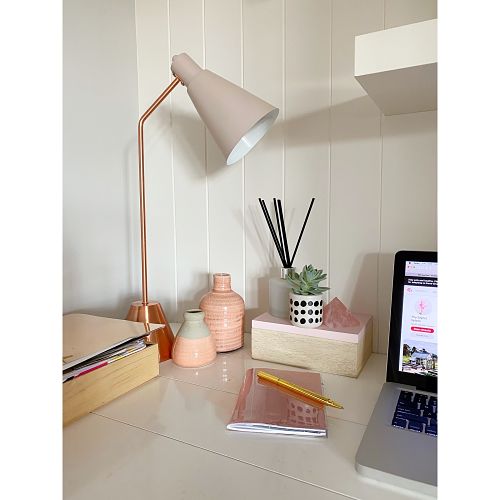
Conclusion
These are just a few exciting new packaging ideas that could be worth considering. By doing your research, you may be able to find other novel solutions to help your product stand out and to potentially make it more eco-friendly. Don’t settle for dull and generic packaging.



